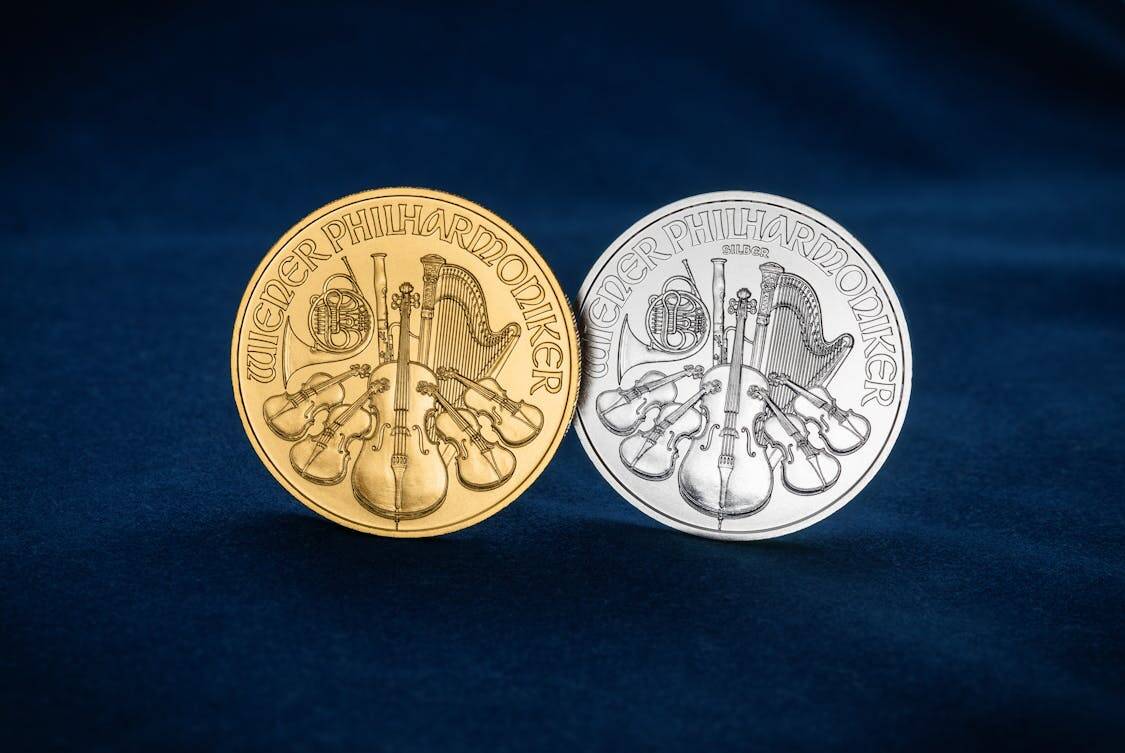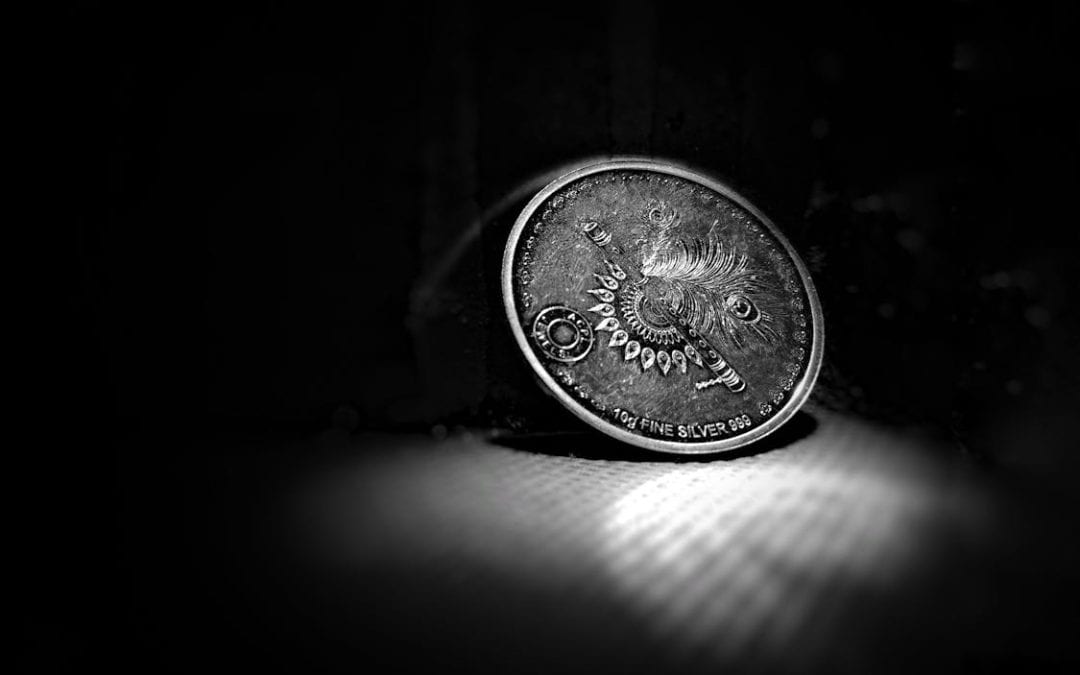Investing in silver is an intriguing proposition for both seasoned investors and beginners alike. Unlike stocks or bonds, silver is a tangible asset that has intrinsic value.
Throughout history, it has been seen as a safe haven, especially during times of economic uncertainty. This article explores whether silver should be a staple in every investment portfolio.
The Historical Context of Silver
Silver has held a significant place in human history, serving as currency and a symbol of wealth. Civilizations used it for trade, jewelry, and even as a standard for monetary systems. This legacy adds a layer of trust and reliability to silver as an investment today.
Silver vs. Gold: A Comparative Look

When discussing precious metals, gold often steals the limelight. However, silver has unique advantages. While gold is more expensive, silver is more accessible for smaller investors. Its price increases can be more pronounced, allowing for potentially higher percentage gains during market surges.
Understanding the Demand Drivers
The demand for silver is influenced by several sectors, including technology, jewelry, and investment.
Industrial Demand
Silver is a key component in various industries, especially electronics and renewable energy. The growth of solar panel production has significantly boosted silver demand. As technology advances, more uses for silver are likely to emerge, making it an appealing investment.
Investment Demand
With global downturns and market volatility, investors often flock to silver as a hedge. The metal has a reputation for maintaining value when traditional markets tumble, attracting those looking for security.
If you’re considering silver as a safeguard against economic uncertainty, moneymetal offers a helpful starting point for learning about your options.
Market Volatility and Price Fluctuations
Like any commodity, silver prices can be volatile. Price fluctuations can be influenced by external factors, such as geopolitical tensions or changes in industrial demand. Understanding these dynamics is crucial for potential investors.
Historical Price Trends
Over the past few decades, silver has experienced remarkable price swings. Historical data shows that, during economic crises, silver often outperforms other investments. These trends suggest that holding silver may offer a buffer against market turbulence.
Silver’s Role in Diversification
Diversification is a cornerstone of sound investing. Including silver in a portfolio can improve overall risk management.
Balance in Asset Allocation
By adding silver to a mix of stocks and bonds, investors can create a more balanced portfolio. Silver often behaves differently than stocks, which can help mitigate risks when markets decline.
Risk Management
Investing in silver can be a strategic move to counterbalance stocks. When equities falter, silver may hold its ground or even rise, making it a valuable asset for risk-averse investors.
Physical Silver vs. ETFs
Investing in silver can take various forms, such as physical bullion or exchange-traded funds (ETFs).
Physical Silver
Buying physical silver, such as coins or bars, offers tangible ownership. Investors can store silver at home or in secure facilities. However, this option comes with additional costs, such as storage and insurance.
Silver ETFs
For those who prefer a more hands-off approach, silver ETFs present an attractive alternative. These funds track silver prices and offer liquidity without the hassle of handling the physical metal. They provide an easier way to invest while still benefiting from silver’s price movements.
The Risks of Investing in Silver
While silver has its benefits, it’s essential to acknowledge the risks involved.
Market Risks
The silver market can be influenced by numerous factors, including interest rates, inflation, and global economic health. Changes in these areas can lead to unexpected price movements.
Storage and Insurance Costs
Owning physical silver means dealing with storage and insurance costs. If these expenses outweigh potential gains, they can eat into profits.
The Influence of Central Banks
Central banks play an essential role in the value of currency and can indirectly affect silver prices.
Monetary Policy
When central banks adopt loose monetary policies, interest rates decline. This environment often leads to higher demand for precious metals, including silver, as investors seek alternatives to traditional savings.
Currency Devaluation
As fiat currencies face devaluation, silver can emerge as a strong store of value. This is particularly relevant in times of economic distress when trust in traditional currency wanes.
The Future of Silver in Investment Portfolios
Looking ahead, several factors may enhance silver’s appeal as an investment.
Green Technology
With a growing focus on sustainable energy, silver’s role in solar panels and electric vehicles positions it favorably. Increased demand from green sectors could spur price growth in the coming years.
Inflation Hedge
Many view silver as an effective hedge against inflation. As prices increase, tangible assets like silver can maintain or even appreciate in value, making it appealing during inflationary periods.
In evaluating the position of silver in investment portfolios, it’s evident that the metal offers a unique blend of benefits and challenges. The decision to include silver should be guided by individual investment goals, risk tolerance, and market conditions.
Silver’s historical significance, coupled with its role in modern industries, continues to make it a compelling choice for many investors.

